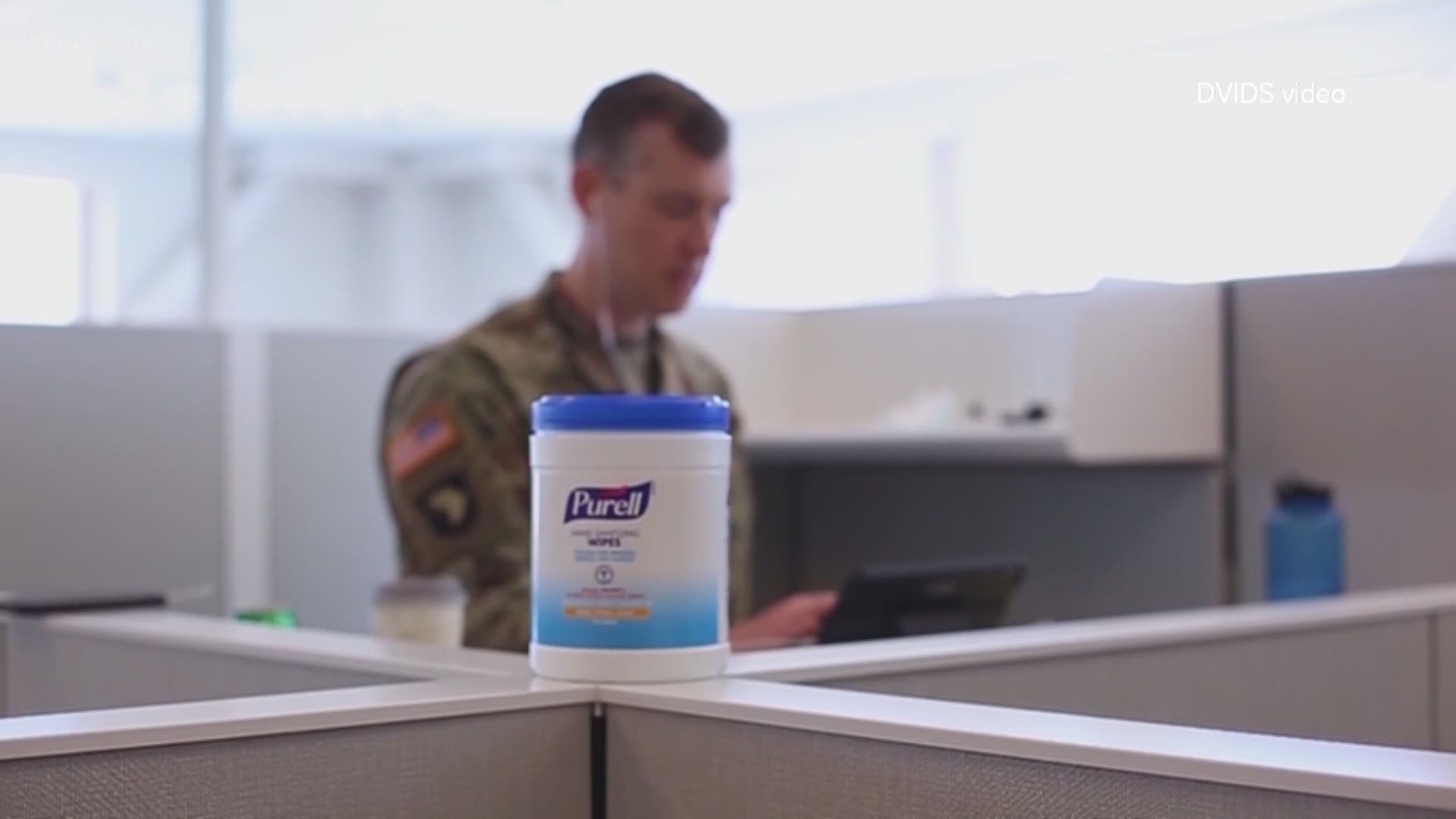Contact tracing is one of the weapons used to fight the spread of COVID-19
The idea is simple — once a positive case is identified, find out who that person has been in close contact with, and reach out to those people to get them tested and to self-isolate.
At the height of the spread of COVID in the spring, the rudimentary level of contact tracing was quickly overwhelmed nationally. There were too many cases, not enough trained people to trace contacts.
Now that we are entering cold and flu season along with the expected increase in cases as people head indoors with colder weather, will contact tracing be better off? Today the Washington Department of Health said it’s much better positioned than it was in the spring.
The responsibility for contact tracing in Washington state rests principally with the counties. Snohomish, King and Pierce counties each have close to 60 contract tracers available.
Public Health — Seattle and King County say their 61 tracers are handling about 500 cases per week. The agency believes they are reaching the vast majority of people who have COVID-19.
But not all counties have the resources of the state’s most populous counties. In that case, the state department of health will step in with three layers of help. The first is the agency’s own contact tracers. The second is a contractor who has another 78 trained individuals on staff and is planning to hire more. Thirdly, in May the Washington National Guard bolstered the state's contact tracing corps with 250 trained contact tracers — the Guard calls them mappers. One-hundred and thirty-three are still at it.
“We recently met with the department of health, and came to the conclusion that 133 service members is what we will need for at least the foreseeable future,” said Col. Kevin McMahan, who commands Joint Task Force Steelhead.
McMahan is responsible for 856 soldiers and airmen who are handling COVID-related missions from tracing/mapping to helping with food banks, to preparing test kits and staffing test sites.
But McMahan says his agency is prepared to go as high as 250 personnel on contacting potentially exposed people.
“We’ve got additional individuals who have received the training, so if all of the sudden there is a surge requirement, we could provide some additional capability. “
McMahan says each soldier who steps into the tracer role gets four hours of intense training in how to make calls and deal with potentially sick people. There are groups of 15 soldiers and airmen and they work closely with representatives with the Washington State Department of Health.


